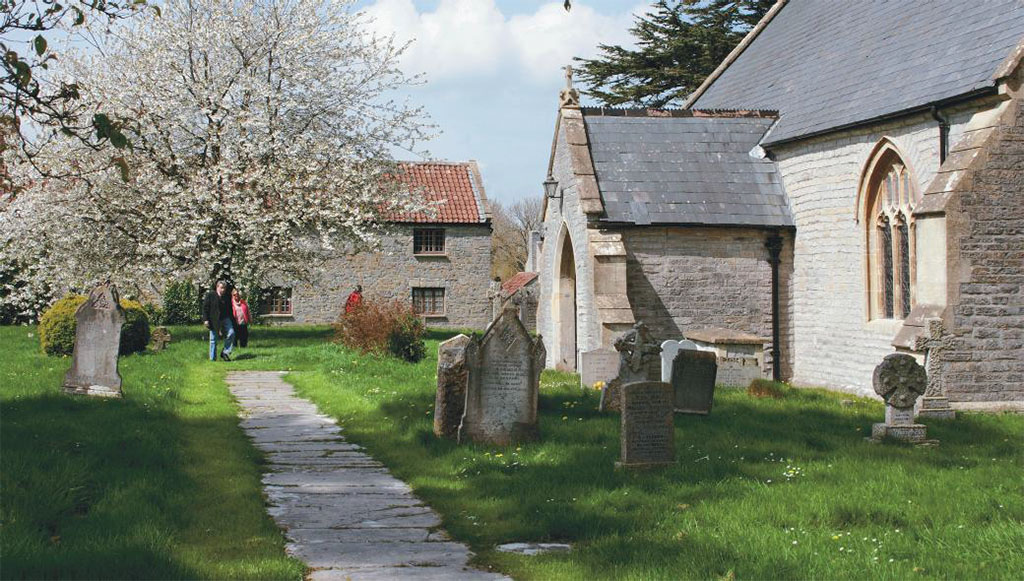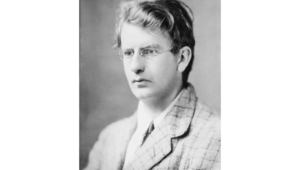
Dotting the countryside of England, Wales, and Scotland are what the English historian Henry of Huntingdon, in 1130, called 'stones of an amazing size'. No one, he said, can 'guess by what means so many stones were raised so high, or why they were built there.' Huntingdon specifically had Stonehenge in mind, but his description can apply to any of the circular megalithic enclosures in the United Kingdom and the wonderment they have inspired since their construction. These lonely places, often with stark stones standing in defiance of gravity and time, inspire and mystify. Who built them; why were they built, and what do they mean? Questions like these haunt most who see them.
In general, these megalithic monuments date from the mid-Neolithic Period to the late Bronze Age, about 3500 to 1000 BC, and are some of the United Kingdom's grandest prehistoric treasures. About 900 of them lie scattered across the landscape. This figure certainly represents far fewer than were originally built. Over the centuries, farmers have buried or hauled away many of the obstructive circles. Danger, however, sometimes attended such enterprise. One Irishman, Daniel Healy, three times dreamed that money was buried under a stone standing on his land. After procuring help he began to excavate the stone from its spot, when suddenly it toppled and fell, killing Healy immediately. Other circles were felled for their pagan reputation. In AD 658 a Christian decree declared that 'as in remote places and in woodlands there stand certain stones which the people often worship--we decree that they all be cast down and concealed.'
Destruction of circles, however, often brought consequences that confounded the Church and its decrees. Supernatural disasters overtook many, like the farmer who used a stone for his outhouse and lost his crops, horses, and cattle until he set it back again. Thus, country superstition saved some circles from being removed. Today, many are protected as scheduled monuments, though the hand of man still takes its toll. One site in Pen-y-Beacon, Brecknockshire, is now a parking lot.
In technical terms, there are three types of circular enclosures: henges, stone circles, and circle henges. Henges are basically earthen enclosures without standing stones. The stone circle is a setting of standing stones with an entrance, and the circle henge is the combination of both.
Henges are found predominantly in the east of Britain (Norfolk to West Lothian) set on low-lying ground, usually close to a stream or river. They vary in size tremendously, from less than 50 feet in diameter to over 500 feet.
Stone circles, on the other hand, are commonly found in the west of England and in northern Scotland on hillsides with commanding views or, like henges, in low-lying, level places near water. They average 100 to 200 feet in diameter, though a few are as large as the largest henges. Their forms vary, including examples of circles, flattened circles, ellipses, egg-shaped or compound rings. Regional traits exist; but, in general, stone circles are so similar in their aspect that in Dr. Samuel Johnson they engendered a sense of monotony: 'To go and see one . . . is only to see that it is nothing, for there is neither art or power in it, and seeing one is quite enough.'
Circle henges are less common and, while henges lie to the east of Britain and Scotland and stone circles to the west, the two forms unite in the middle of southern Britain and northern Scotland. Why such an overlap occurs is debatable. Stonehenge, Wiltshire, best defines a circle henge. Built in four phases between c. 2800 to c. 1075 BC, Stonehenge consists of a ditch and bank (126 yards in diameter) surrounding 56 pits (Aubrey Holes) and stones erected in the form of a circle and horseshoe. Its neighbour, Avebury (c. 2500 BC), an equally well-known combination of henge and circle, is enormous in comparison to Stonehenge, the external bank measuring about one mile in circumference. While it seems probable that at Avebury the henge with its two stone circles were built at the same time, at Stonehenge that is not the case. The Ring of Brodgar and Stenness in the Orkneys are good examples of northern circle henges and, because they are similar to Avebury, may imply contact with southern Britain.
As to Huntingdon's wonder, 'why they were built there', speculation abounds, but little is certain. John Norden, in 1584, best reflects the uncertainty of early investigators: 'This monumente (Hulers Stone Circles, Cornwall) seemed to importe an intention of the memoriall of some mater . . . though Time haus worne out the maner.' Three hundred years later, researchers were little closer to an answer, and in 1849, one noted: 'Few things have interested antiquarians more than the remarkable system of unhewn stone erected with prodigious labour in these islands, many conjectures have been expended on them . . . with singular ill success.'
It seems apparent that these monuments were the important foci for those who built them, given the tremendous effort involved in erecting the stones and transporting them from great distances. Modern investigators suggest religious or ceremonial purposes; trade, especially for axes; or meeting places. In the late 1800s, precise measurements of the stones and their orientations led to theories about astronomical functions, which have continued well into this century. This theory has attracted many adherents who have made astronomy the sole function of these prehistoric monuments.
Among the conjectures is the notion that circular megalithic monuments were connected with the Druids. In 1726 John Toland firmly established that association in his History of the Druids, and in 1740 antiquarian William Stuckeley wrote with certainty that Druids were the principal architects of Stonehenge. In 1773 Dr. Johnson deplored the 'druidical temple' as uninspiring. There is no proof that Druidic ceremonies ever took place in stone circles, and it is now understood that henges, stone circles and circle henges long predate the Celtic Druids. Whether Druidic celebration, beyond those modern ones taking place on 21st June, ever had anything to do with Stonehenge remains questionable, and in the end we may agree with the words of James Garden, who found nothing in the names of, or the tradition about, the monuments 'which doth particularly relate to the Druids.'
Many, unconvinced of the Druidic origins, promote other theories no less eccentric and unproved, which attribute the circles to Julius Caesar, King Arthur, or the Devil. Scholars now attribute some of them to the Bell-Beaker folk, but Danes and Anglo-Saxons have been credited as well. Since 1945, archaeologists have relied more on excavation than speculation in attempting to interpret the circles, though novel claims are still at hand. In 1974, Egyptian colonists were credited with building Stonehenge, only to have it redesigned by Delian Greek and dedicated to Hyperborean Apollo.
Henges, stone circles, and circle henges continue to fascinate and draw speculation from those that visit them. They always have, they always will.









Comments